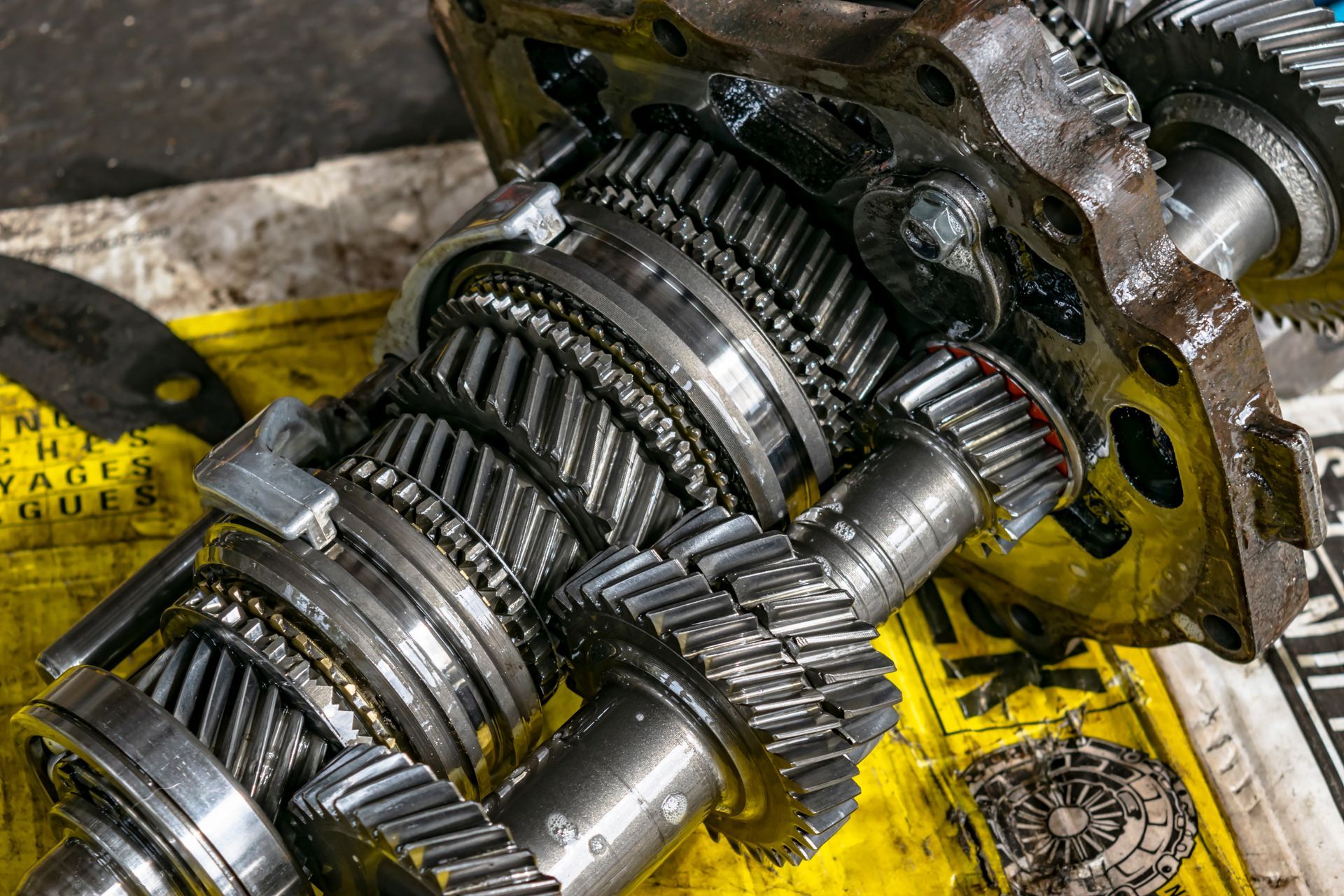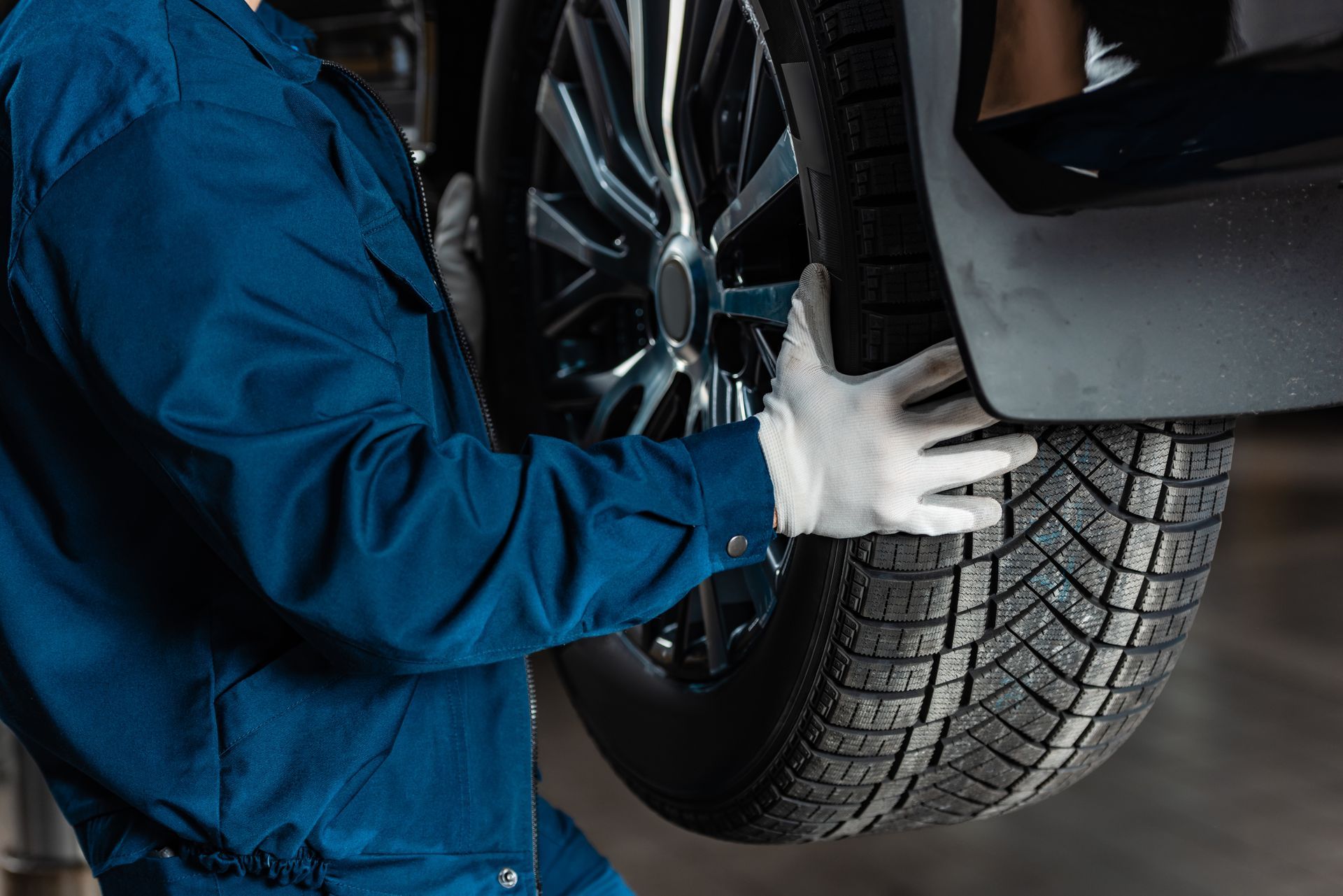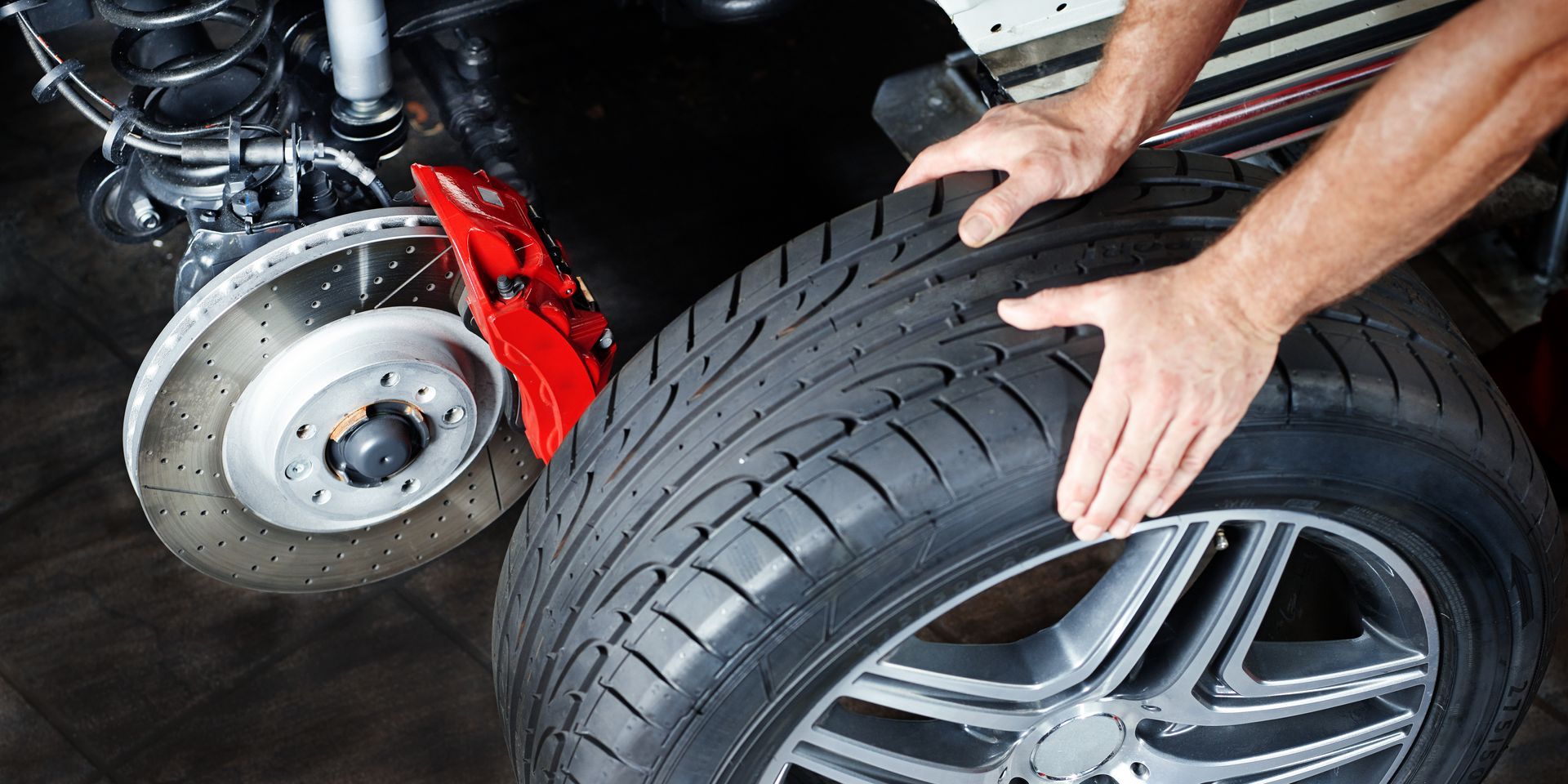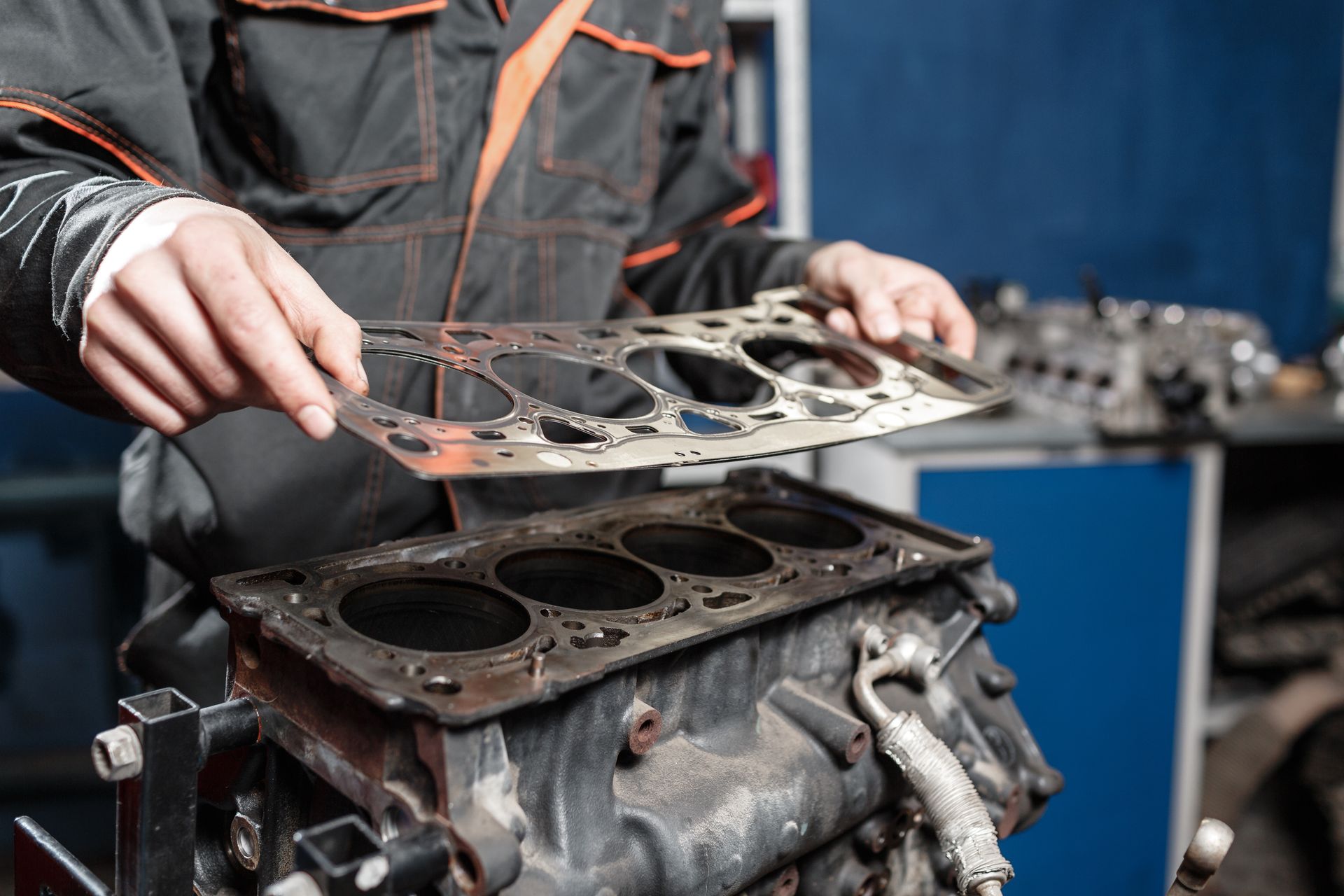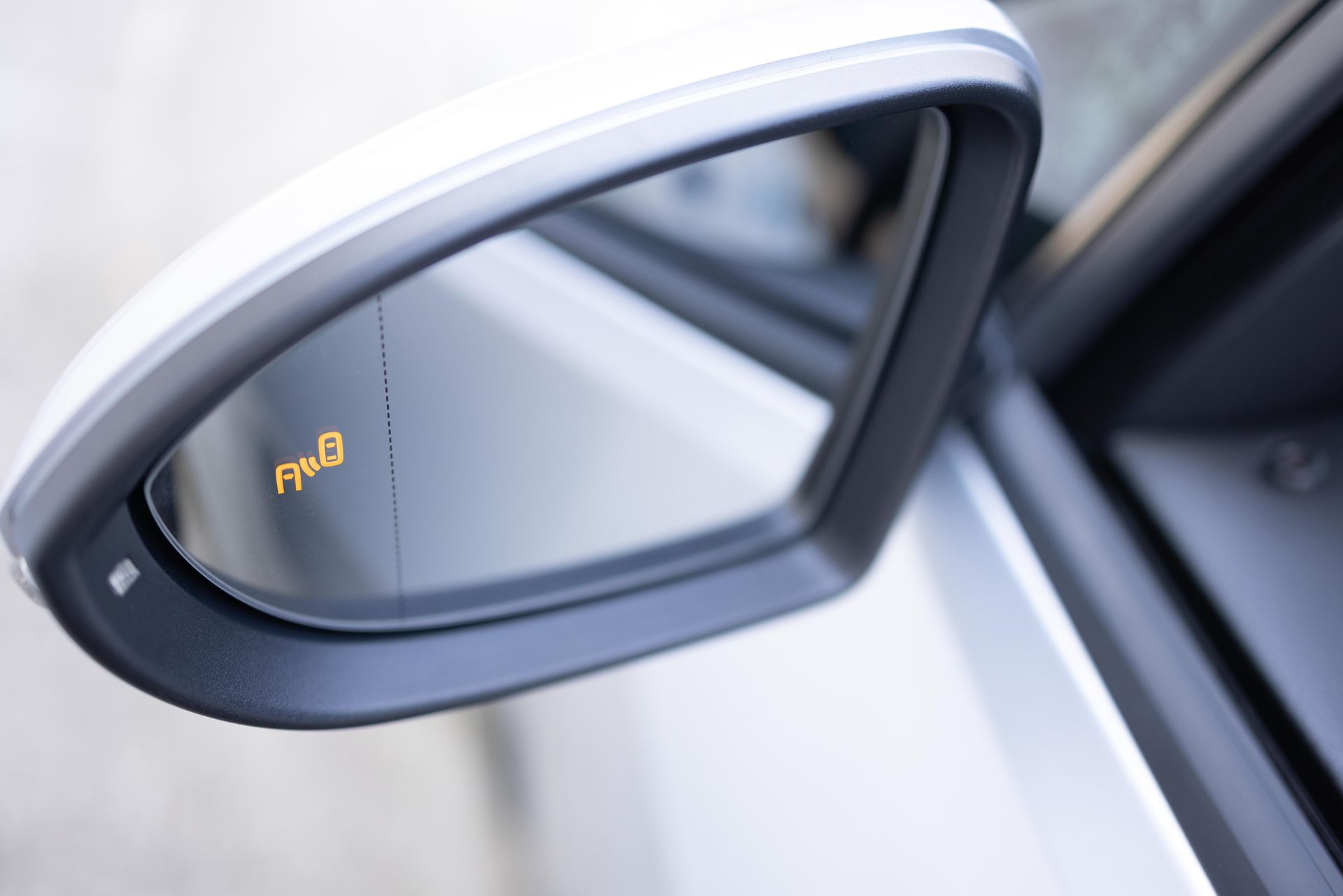If you’ve owned a vehicle long enough, you’ve probably seen 30k, 60k, and 90k-mile services listed in your owner’s manual or mentioned by a repair shop. These milestone services are part of what’s known as factory-recommended maintenance, designed to keep your vehicle running reliably through its entire life. But you might be wondering—do you really need them, or are they just a way for shops to sell more service?
The truth is that these maintenance intervals are not about unnecessary spending. They’re about catching problems before they get expensive and keeping your car in top shape for the long haul. Let’s break down what these services typically include, why they’re spaced the way they are, and what happens if you skip them.
What These Intervals Mean
The 30k/60k/90k-mile schedule doesn’t refer to one specific service each time. Instead, it outlines a series of maintenance checks and replacements recommended at certain mileage milestones based on how long parts are expected to last under normal driving conditions.
At 30,000 miles, your vehicle has gone through a lot—countless start-ups, stop-and-go traffic, weather exposure, and wear on moving parts. By 60,000 and 90,000 miles, the need for inspections and replacements becomes even more important, especially for components like timing belts, spark plugs, and transmission fluid that naturally degrade over time.
These services are designed by the vehicle manufacturer, not the repair shop, and they’re tailored to your car’s specific make, model, and engine type.
What Gets Checked or Replaced at Each Service
While the exact services may vary depending on the vehicle, here's a general breakdown of what you can expect:
At 30,000 miles, we replace:
- Engine air filter
- Cabin air filter
- Fuel filter (if applicable)
- Brake fluid
- Transmission fluid (in some cases)
They’ll also inspect brakes, belts, hoses, suspension components, and battery condition. This is a good point to catch early wear or minor issues that could worsen.
At 60,000 miles, service tends to be more involved:
- Spark plugs are typically replaced
- Transmission fluid is flushed or changed
- Brake fluid is flushed
- Timing belts (in certain vehicles) may be inspected or replaced
- Tires may need replacement or rotation
This interval often includes a deeper look at wear-and-tear parts to prevent future breakdowns.
At 90,000 miles, you're looking at maintenance that addresses aging systems:
- Cooling system service (radiator flush)
- Water pump inspection or replacement
- Power steering fluid service
- Fuel system cleaning
- Valve adjustments (on some models)
By this point, ignoring maintenance could result in expensive repairs, especially if timing belts or critical seals fail.
Skipping These Services Can Lead to Bigger Problems
It’s easy to put off maintenance when your car feels fine, but that approach can be costly. Skipping scheduled service increases the chances of breakdowns, sudden repairs, and long-term damage to your engine, transmission, or suspension. Parts like timing belts, if ignored, can break without warning and cause internal engine damage that costs thousands to fix.
Likewise, neglecting fluid changes can lead to buildup, overheating, or corrosion in systems like brakes or power steering. That squeaky noise or slow crank that didn’t seem urgent a month ago? It could have been avoided altogether with proper maintenance.
Sticking to these intervals also protects your vehicle’s resale value. A car with a full service record will fetch more than one that’s skipped multiple recommended checks—even if both are still running.
Do All Vehicles Need These Services at the Same Time
Not exactly. While 30k/60k/90k is a common structure, some vehicles have slightly different intervals. The best way to know what your car needs is to consult the owner’s manual or work with Yes! Automotive, we understand manufacturer-specific service schedules.
Luxury and European cars require more frequent checks. Some newer models may have “lifetime” fluids that still benefit from replacement over time due to real-world driving conditions.
We won’t try to upsell unnecessary work—but match the services to your vehicle and driving style, whether you’re mostly cruising the streets of Spring or commuting through Houston traffic.
How These Services Save You Money Long-Term
At first glance, these scheduled services may seem like an investment. But compare that to the cost of replacing a failed transmission or having your car towed in the middle of nowhere. Routine service prevents surprise breakdowns and gives your car the best shot at reaching 150,000 miles or more without major repairs.
It also keeps your warranty valid if you’re still within your coverage period. Manufacturers often require proof of maintenance at the right intervals to honor powertrain or extended warranties.
Yes! Automotive – Full-Service Maintenance in Texas
Need help staying on track with your 30k/60k/90k service schedule? Bring your vehicle to
Yes! Automotive with locations in Spring, Porter, Pinehurst, and Houston, TX. We follow factory recommendations, use high-quality parts, and never recommend unnecessary services—just honest maintenance that helps your car last longer.
